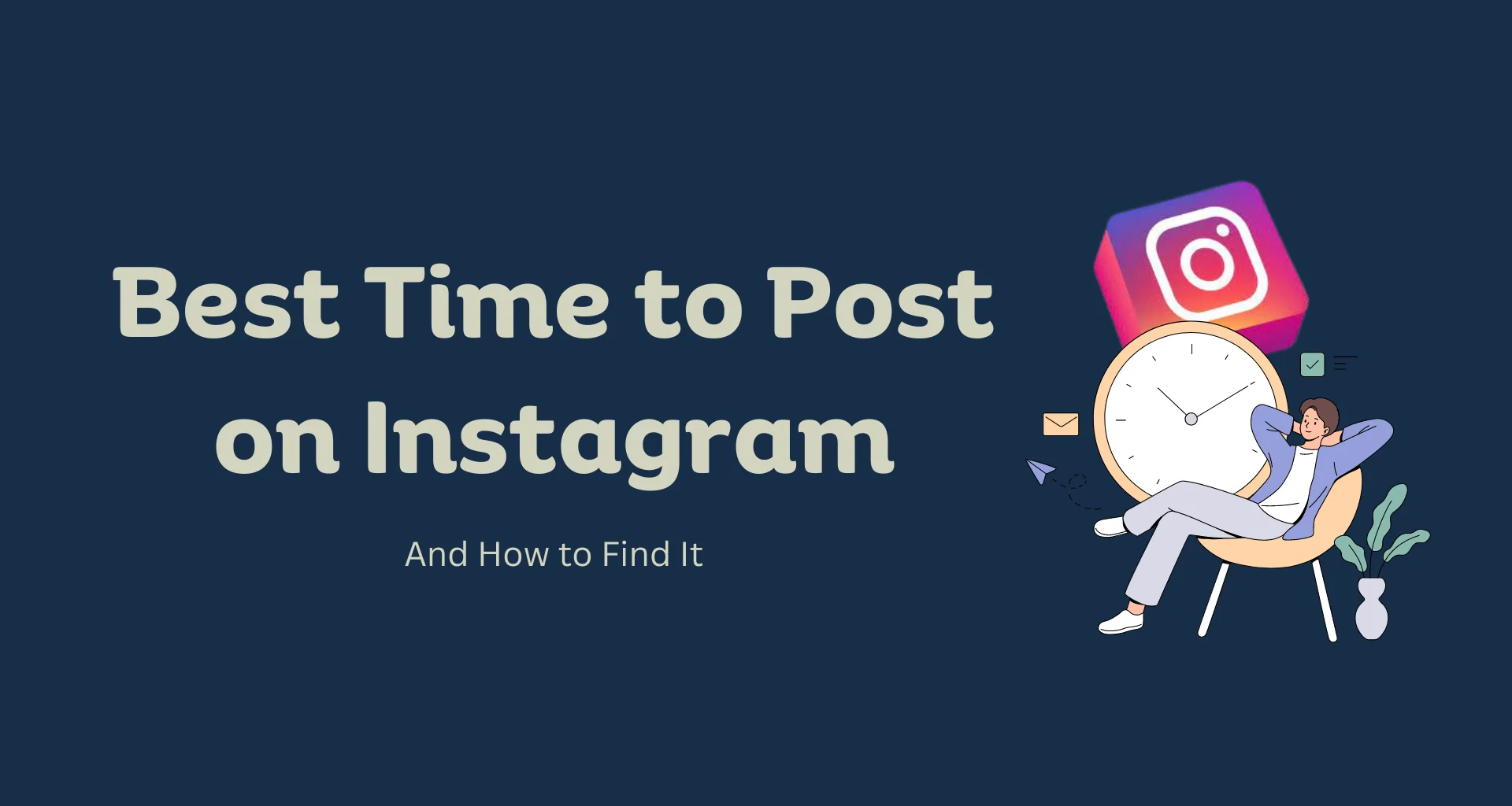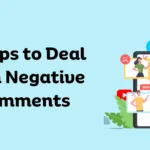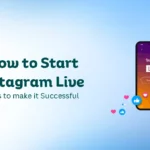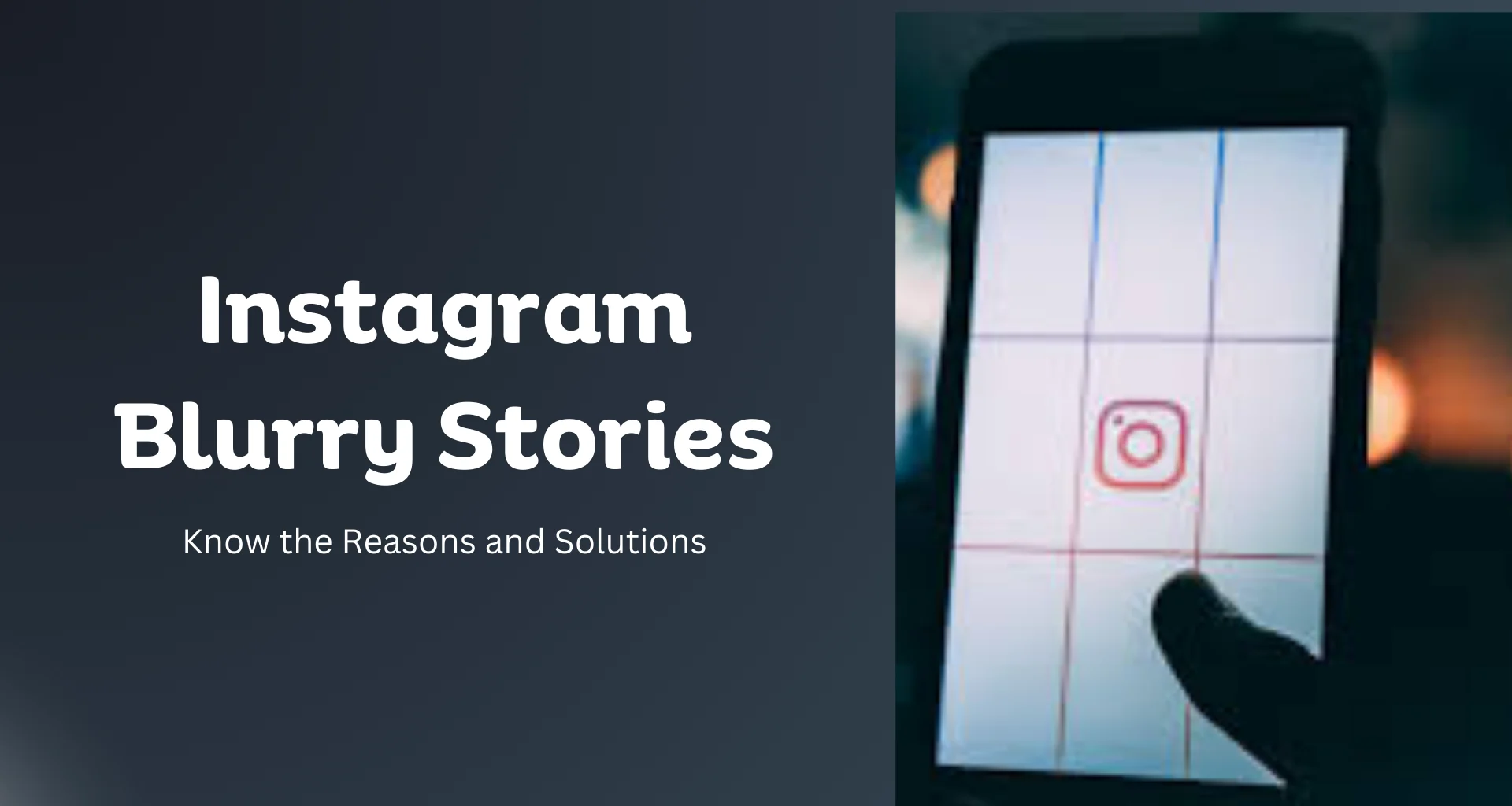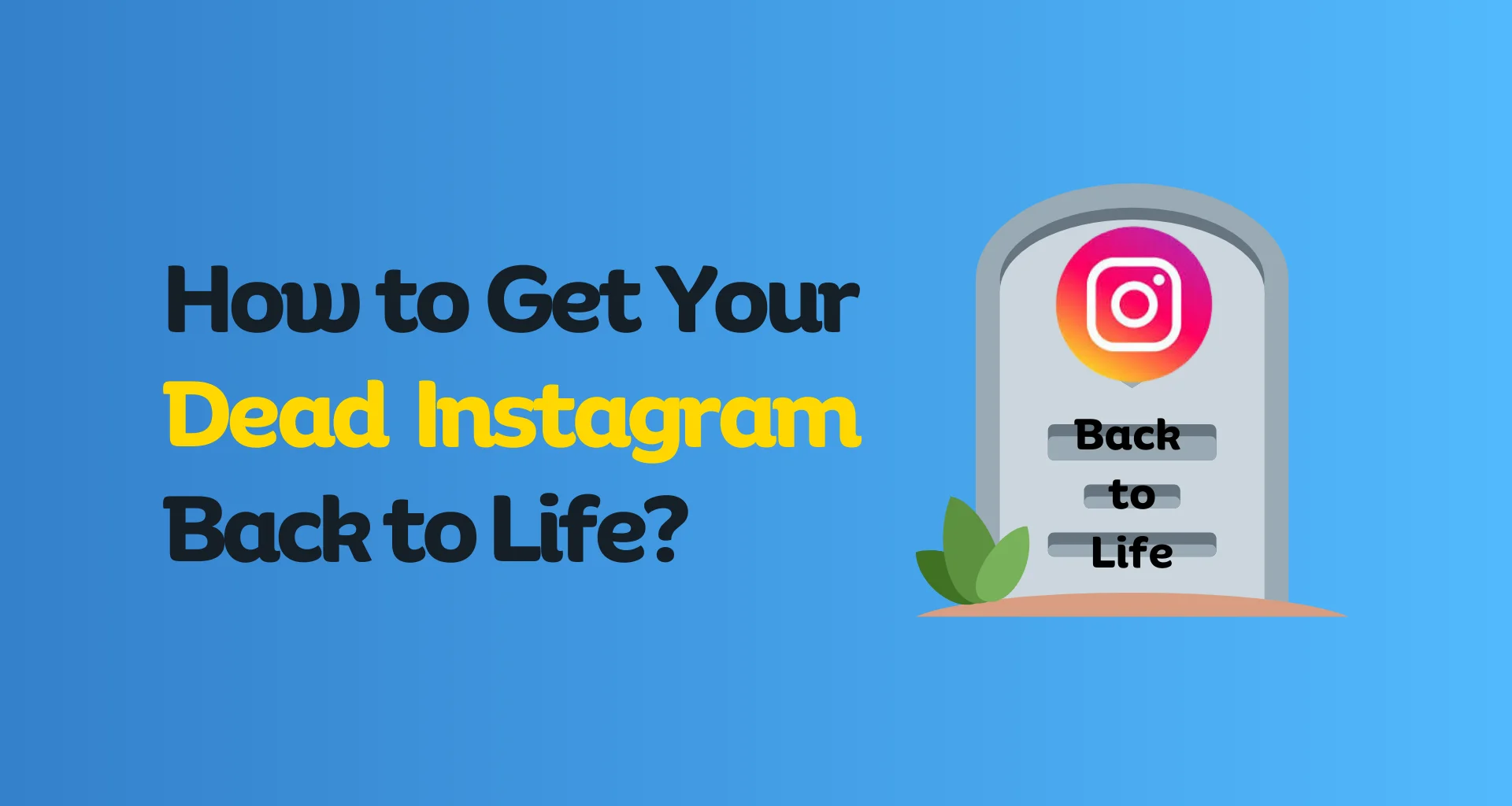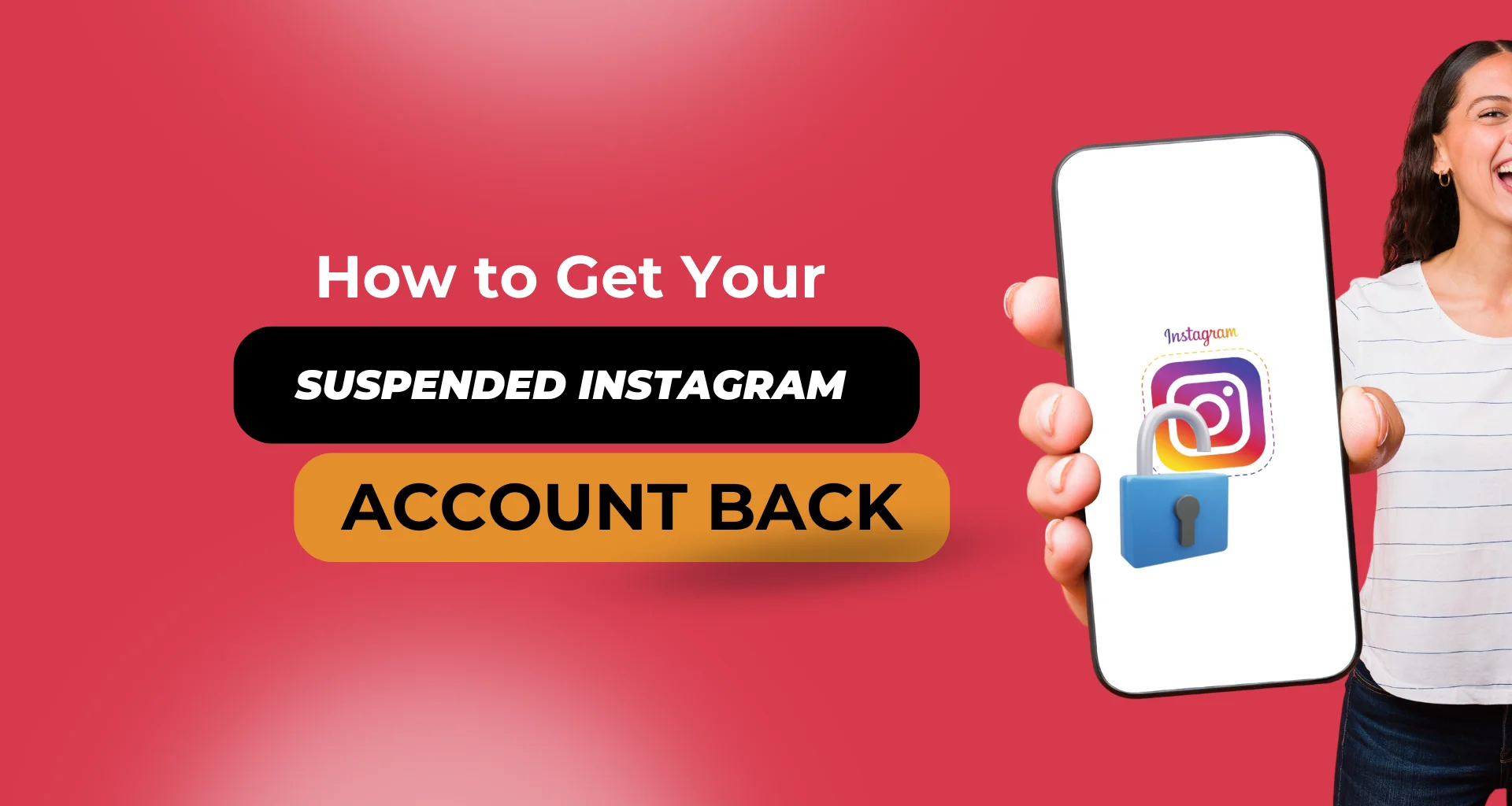Instagram, boasting over a billion active daily users sharing photos, videos, and stories, reigns supreme as a social media platform. However, the frustration of low reach and engagement on your posts is a universal experience, be you a brand, influencer, or casual user. But the frustration of low reach and engagement is universal, affecting brands, influencers, and casual users alike. The good news? Strategic timing can significantly boost your content’s impact. This blog delves into the best times to post on Instagram while equipping you with strategies to identify the optimal posting schedule for your unique audience.
Why Timing Matters For Instagram Posting
Timing is crucial on Instagram for several compelling reasons:
- Maximize Engagement: Posting when your audience is most active ensures your content is seen, liked, and commented on, leading to higher engagement rates.
- Algorithm Prioritization: Instagram’s algorithm favors posts with high engagement. By posting at optimal times, your content is more likely to receive immediate interactions, which can increase its visibility and boost its reach.
- Reach More Users: Strategically timing your posts allows you to connect with followers across different time zones, maximizing your overall reach and visibility on the platform.
General Best Times to Post on Instagram
While there are no one-size-fits-all answers, several studies and social media tools like Buffer and SocialPilot have analyzed millions of posts to identify general best times to post on Instagram. These insights serve as a valuable starting point to optimize your posting schedule for maximum engagement.
General Recommendations:
- Focus on Weekdays: Engagement tends to be higher on weekdays compared to weekends.
- Favour Midweek: Tuesdays, Wednesdays, and Thursdays often see the most activity.
- Explore Specific Time Slots:
- Early Morning (6 AM – 9 AM): Ideal for reaching users who check Instagram first thing after waking up or commuting to work.
- Lunchtime (11 AM – 1 PM): Caters to users scrolling through their feeds during their lunch break.
- Evening (5 PM – 7 PM): Targets users winding down after work or relaxing in the evening.
Remember: These are general guidelines. The key to unlocking peak engagement lies in understanding your specific audience.
How to Find Your Best Time to Post on Instagram
While general guidelines can be helpful, it’s essential to tailor your posting schedule to your specific audience. Here’s how you can find the best time to post on Instagram for your account:
- Leverage Instagram Insights: Analyze your audience demographics and location data within Instagram Insights. This reveals when your followers are most active, providing valuable insights into your ideal posting times.
- A/B Test Different Times: Experiment with posting at various times throughout the week and track the results. This data will help you identify the most effective schedule for reaching your specific audience.
- Consider Your Content Type: The optimal time to post might vary depending on your content type. For instance, eye-catching visuals might perform better during high-traffic evening hours, while informative posts might be better suited for lunchtime when users have more time to read.
By combining these general best practices with audience insights and A/B testing, you can develop a personalized Instagram posting schedule that maximizes engagement and reaches your target audience effectively.
How to Analyze Your Audience Insights?
Instagram offers valuable insights for business and creator accounts. To access them, simply go to your profile, tap the three horizontal lines in the top right corner, and select “Insights.”
Within the “Audience” tab, scroll down to the “Followers” section. Here, you’ll find data on when your followers are most active, broken down by day and hour. This information is crucial for pinpointing your ideal posting times.
You can also use Third Party Analytics Tools:
For even deeper insights, consider exploring third-party analytics tools like Buffer, SocialPilot, Later, or Hootsuite. These platforms offer detailed analytics that can help you determine the best times to post based on your audience’s specific activity patterns.
Remember, your audience’s behavior might change over time. Make a habit of regularly reviewing Instagram Insights or any third-party analytics you use. This allows you to identify any shifts in your audience’s activity and adjust your posting schedule accordingly. By staying flexible and data-driven, you can ensure your content reaches your target audience when they’re most receptive.
Conclusion
Finding the best time to post on Instagram is a dynamic process that requires analysis and experimentation. While general guidelines can provide a helpful starting point, tailoring your posting schedule to your specific audience’s behavior will yield the best results. Utilize Instagram Insights and third-party analytics tools to monitor engagement, and be prepared to adjust your strategy as your audience evolves.
